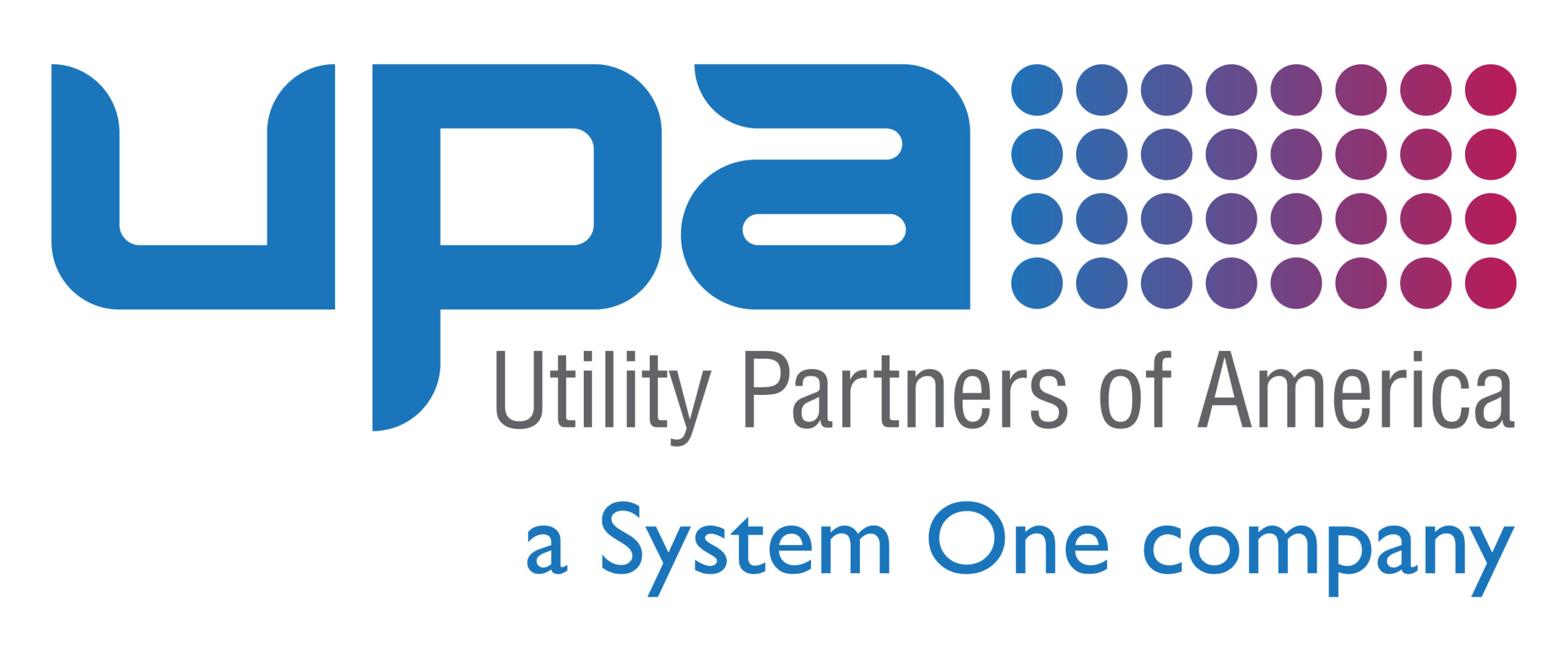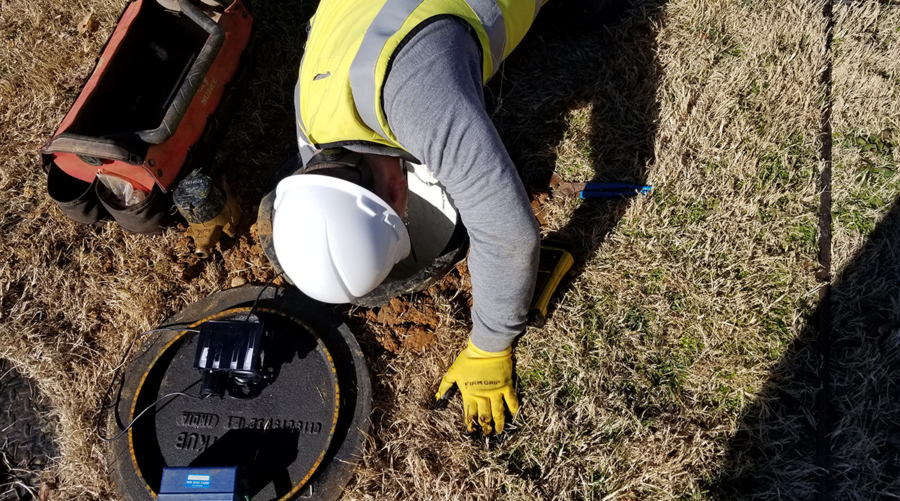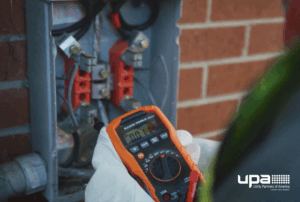In the construction industry, there isn’t a document more crucial to the satisfactory completion of a project than the blueprint. This technical drawing provides builders with a wall-by-wall guideline of an architect’s plans. When executed properly, it can ensure consistency and quality craftsmanship. However, businesses in just about every industry—from plumbing to utilities to appliance repair and more—should be taking a figurative page out of the construction book with another type of guideline.
The scope of work, or SOW, is a document that spells out specifics of a project between two or more parties. In most cases, those parties include the customer and the vendor or supplier performing the work (that’s you). If nothing else, think of a SOW as a way to hold both sides of an agreement accountable for their respective actions. The significance of this pact goes much, much deeper. We’re here today to tell you about the importance of the SOW and provide some tips for creating your own.
Why a Statement of Work (SOW) is so important for your business
Remember how we mentioned accountability earlier? The reason for that is, a SOW is a legal document. Both parties sign off once terms of the job have been agreed upon. Beyond just setting expectations for both parties, a well-drafted SOW will detail when you expect to have the work completed and any terms of payment. As the vendor, this document is the North Star you will follow in route to job completion.
How to write your own SOW
Now that you recognize how vital it is to have a SOW for your jobs, let’s talk through how to write one. A SOW generally takes place after a meeting or discussion in which the vendor discovers what the customer wants to accomplish with the work.
One of the most critical things to remember when you’re drafting your SOW is to avoid the temptation of cutting and pasting from a template. Yes, it will take a little longer on the front end to write but your job will be better because of it. Each job includes unique and nuanced specifics. Your SOWs must reflect them.
Common Elements:
That said, there are some common elements that will appear in every SOW you write:
Consider this section the “why” of the project, as in “Why is the customer hiring our business?” This is a problem statement, so your objectives must also include the goal for the finished product and how you plan to solve that problem. Keep in mind that your completion goal should be metric-driven and trackable. For instance, if a customer is hiring you to install 1,000 meters, your objective should describe how your work will satisfy 100% of the project.
Schedule:
This section will be the meat of your SOW and will include milestones for the project. When you list your schedule, be thorough, and include dates for different progress points throughout the job. And if you list date(s), be prepared to deliver on them.
Deliverables:
We already talked about the end-goal, but just how will you make good on that? Using our meter example, your deliverables section could reference 1,000 ¾ inch water meters that your techs will install during the term.
Price and payment terms:
Chances are that you aren’t doing this work for free. So here’s where you will explicitly state how much you’ll charge and what the terms for payment are. If you require a 50% deposit upfront and the remainder due upon completion, now is the time to remind the customer. You can also use this space to request how the customer pays for the project. Whether it’s in cash, check credit card or another form of payment.
Sign-off:
This is where both parties sign to acknowledge the SOW and agree to the terms listed within.
For more information, check out our blogs regarding tailgate meetings and OSHA.
UPA Can Help
If you still are feeling uneasy about drafting your company’s SOW, there is an endless supply of examples across the internet. But if you’re a utility and looking for more personalized assistance, contact Utility Partners of America for help today.




